Land of the Incas

One of the delights of this year has been traveling in places where the history is OLD. Where it is almost unfathomable how long stories have been passed down and how rich the history of the land is. To be in places where everyone is tied together by a common past that roots them in their present.
I sometimes feel lame coming from America (and don’t get me wrong, I love my country) as our history is not as long, not as old. Sure, we all come from a deep, rich history – and we live in a land that has its own deep, rich history. But we are not all united by ONE story, by one creation, one myth.
So, I love learning about the stories that unite other countries, other lands. What I have found fascinating is the mixing of cultures through history. For example, when I was in Ladakh, India (not this trip – but when I went with Sarah and Lindsay with Fund for Teachers), I found it fascinating how religions were combined. When Buddhism took over the region, the people simply incorporated it into their own beliefs and mixed the two. The same in India, as well as probably most of the world.

of course I don’t totally know what this represents, but since it was in front of a church — it seemed to me to be “inca meets virgin mary’. but i could be wrong
Seeing the relics of the Incas is similar – where they took over from the Waris (the people before them) and then how the people here incorporated Christianity and their own Inca beliefs. Whether it is the black Jesus in the church (because for Incas black was the color of purity) or the crosses on the hilltops of Isla del Sol (the birthplace of the Incas), there is an amazing mixing of cultures in order to keep the peace.
Here is some of what I observed and learned in traveling to Copacabana, Isla del Sol and now in Cusco:
- The incas were amazing stone masons – these walls? No cement or mortar or whatever you call it between the stones. They cut, measured and lined them up perfect. Impressive work.
- Lake Titicaca – though seemingly sounding like it means differently from what it actually means – it means Rock of the Puma – named after a rock that looks like a Puma, which is the birthplace of the Incas.
- Many of the traditions of food, native plants, animals, and festivals are still practiced. And many of them have just incorporated Christianity into the mix. For instance, Carnival, which is celebrated throughout South America – is partly a festival of abundance (a la mardi gras) but it is also a festival based on traditional, Inca times (time of harvest, etc.). Coming up is Santa Semana (easter week) – which is a big festival with lots of partying and has both Inca and Christian rituals.

this is an example of the blankets that the women use to carry everything from food to babies. This one was full of the native, traditional plant that grows in the highlands
- Cusco is a beautiful city with 512 churches. Each church was built over the site of an Incan temple.
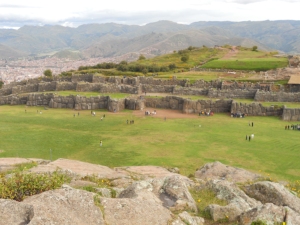
Inca ruins from their administrative headquarters. This was where the highest Inca king ruled from (outside of Cusco)
- The math, the planning and the skill that went into the Inca buildings is pretty incredible. For instance, their walls were built at an angle so they could withstand earthquakes. They built irrigation systems that are still working today. They moved HUGE rocks over great distances. Pretty amazing stuff.
I have enjoyed Cusco so far — mostly just walking around, sitting in the plazas. I have a fruit stand I have gone to each day to buy my daily avocado. I have had lots of conversations with locals (starting to be able to speak a bit more spanish — though it is a bit painful to listen to!). People are warm, friendly and quick to smile (it could be because it is the most touristy city in South America!).
Tomorrow I am headed to the Sacred Valley for an overnight journey — a DIY – which I hope works out well (mostly tours around here for all the tourists) and then I will come back for two days in order to prepare for a 6-day trek, called Ausungate, which looks amazing. Then, I hope to do another trek which will hopefully take me into Maccu Pichu, but that is still up in the air!
In any case — hope you enjoy the pictures and that you are well!
much love — AK
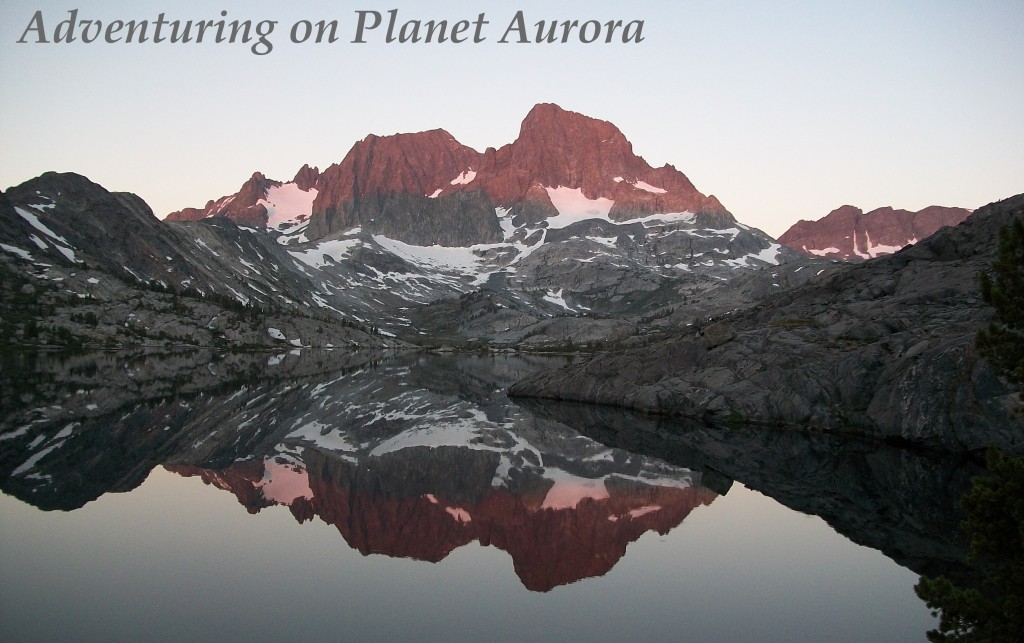
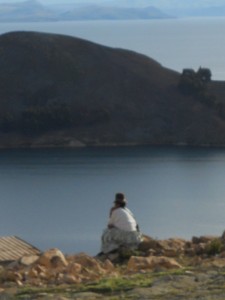




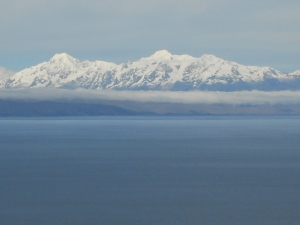

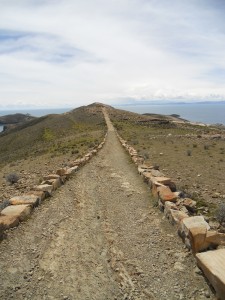

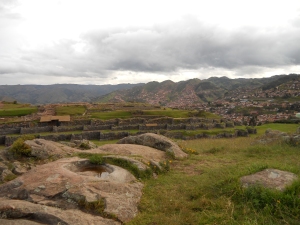
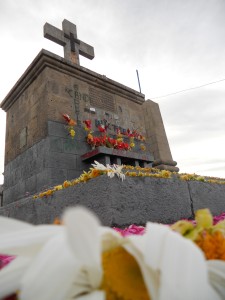


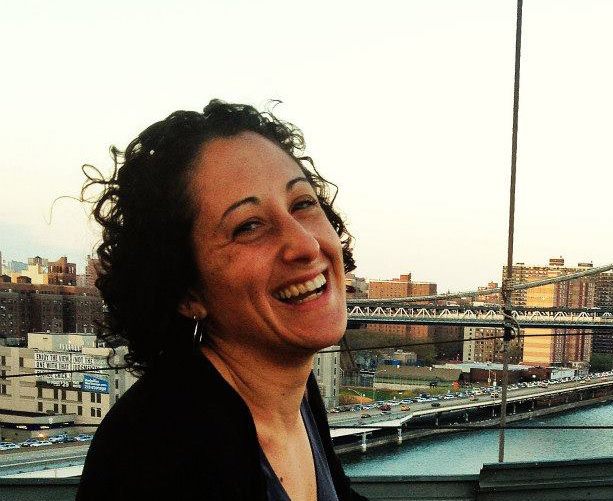
Aurora,
Thanks for another great instalment in your blog. Been enjoying it! May you have a happy Santa Semana and a great trek!
Ed